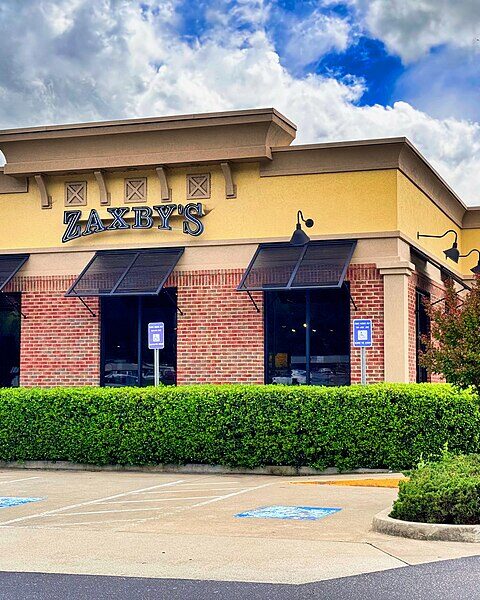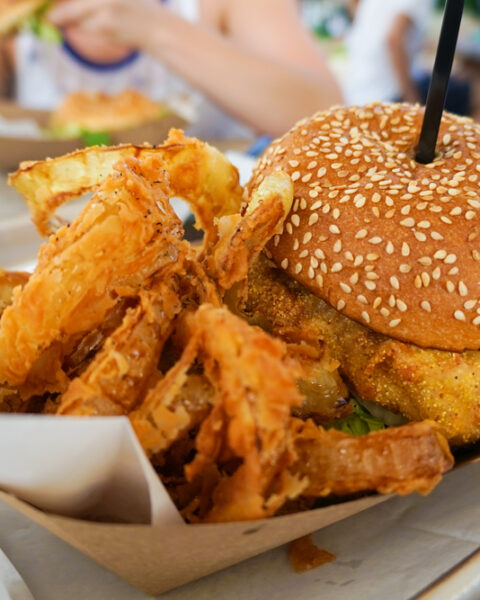There’s something magical about pulling up to a drive-thru, placing your order through the speaker, and driving off with a bag full of hot, delicious food. It’s a convenience so ingrained in our daily lives that we don’t often stop to think about where it all began. The drive-thru didn’t just appear out of nowhere—it was shaped by innovative restaurants that saw a growing love for cars and turned it into a game-changer for dining. Let’s take a closer look at the pioneers who made drive-thru dining what it is today.
Contents
- 1 Red’s Giant Hamburg
- 2 In-N-Out Burger
- 3 Jack in the Box
- 4 McDonald’s
- 5 Wendy’s
- 6 A&W Restaurants
- 7 Sonic Drive-In
- 8 Burger King
- 9 Hardee’s
- 10 Carl’s Jr.
- 11 Checkers and Rally’s
- 12 Frisch’s Big Boy
- 13 Wienerschnitzel
- 14 Taco Bell
- 15 Chipotle Mexican Grill
- 16 More From RetailShout
- 17 14 Foods Rich in Omega-3s for Better Joint Health
- 18 15 Clever Ways to Repurpose Leftover Produce
Red’s Giant Hamburg
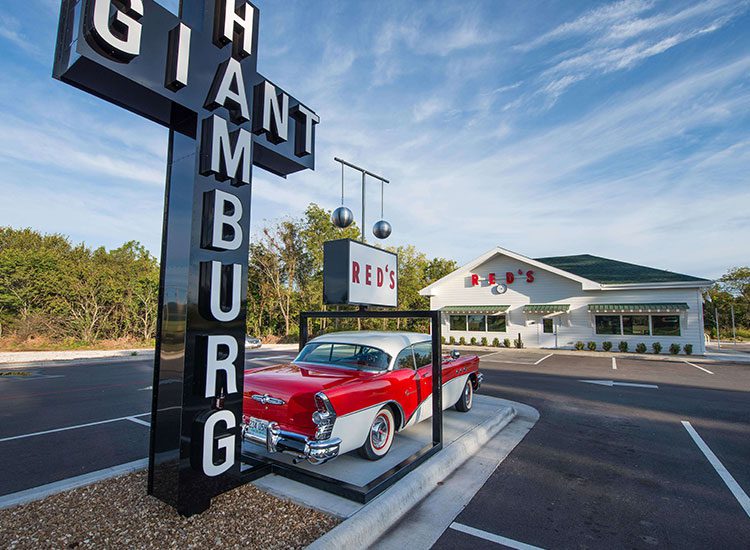
Established in 1947 in Springfield, Missouri, Red’s Giant Hamburg is widely recognized as the first drive-thru restaurant in the United States. Owner Sheldon “Red” Chaney converted a traditional gas station into a restaurant with a drive-up window, allowing customers to order and receive food without leaving their cars. This innovative concept catered to the increasing automobile culture of post-war America. Red’s Giant Hamburg operated successfully until its closure in 1984, leaving a lasting legacy in the fast-food industry. The establishment’s pioneering drive-thru model set a precedent that many future restaurants would follow.
In-N-Out Burger
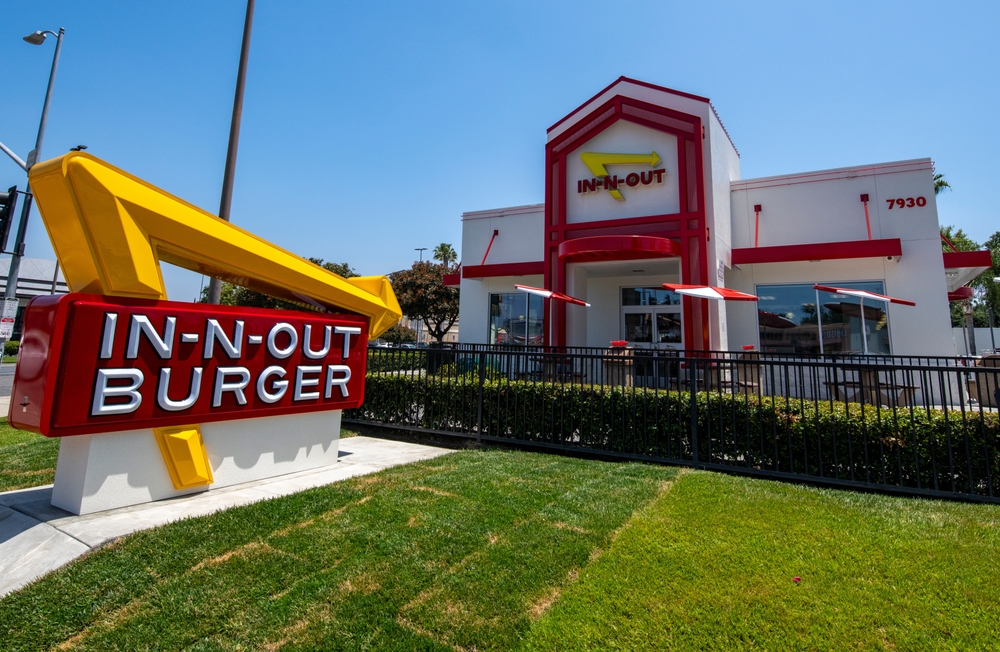
Founded in 1948 by Harry and Esther Snyder in Baldwin Park, California, In-N-Out Burger introduced one of the earliest two-way speaker systems for drive-thru ordering. This technological advancement allowed customers to place orders without leaving their vehicles, streamlining the service process. The Snyders’ focus on quality ingredients and efficient service quickly garnered a loyal customer base. In-N-Out’s drive-thru model became a standard for the industry, influencing many other chains. Today, the chain remains family-owned and continues to emphasize its original principles.
Jack in the Box
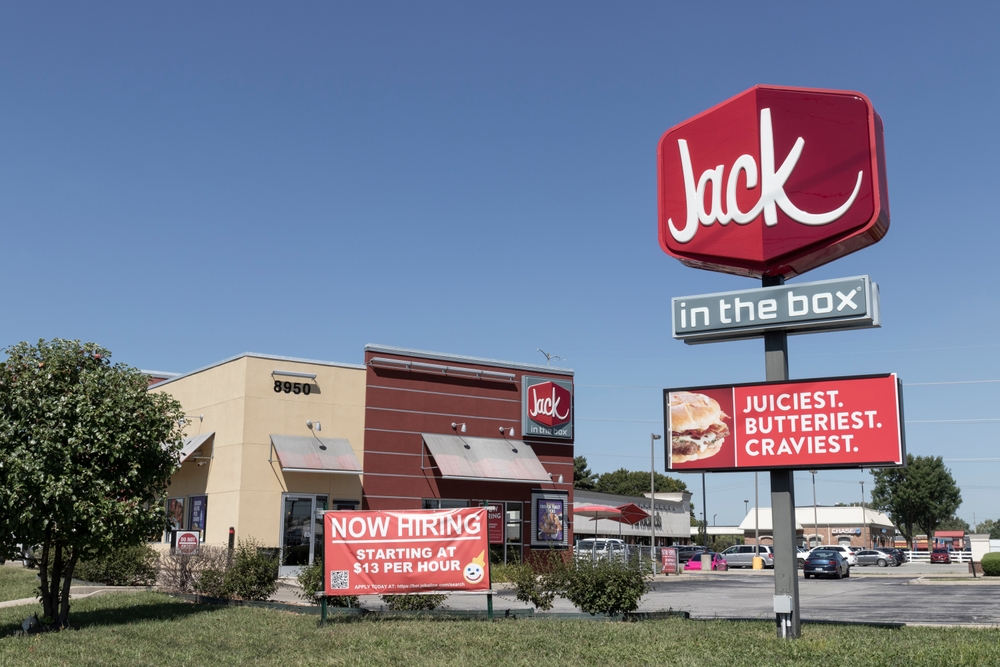
In 1951, Robert O. Peterson opened the first Jack in the Box in San Diego, California, with a focus on drive-thru service. The restaurant featured a two-way intercom system, allowing for quick and efficient ordering. Peterson’s emphasis on the drive-thru experience set Jack in the Box apart from competitors. The chain’s distinctive approach contributed to its rapid expansion across the United States. Today, Jack in the Box operates over 2,200 locations, many of which continue to prioritize drive-thru service.
McDonald’s
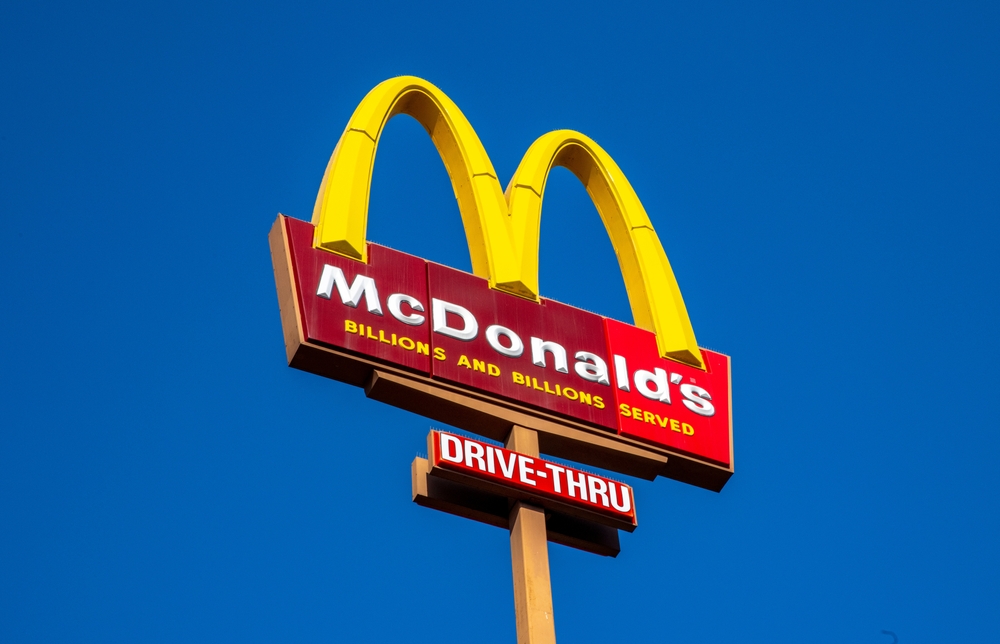
While McDonald’s began as a walk-up restaurant in 1948, it wasn’t until 1975 that the chain introduced its first drive-thru in Sierra Vista, Arizona. This addition was designed to serve military personnel who were not permitted to leave their cars while in uniform. The success of this location led to the widespread adoption of drive-thru windows across McDonald’s restaurants. Today, drive-thru service accounts for a significant portion of McDonald’s sales worldwide. The company’s commitment to convenience has solidified its position as a leader in the fast-food industry.
Wendy’s
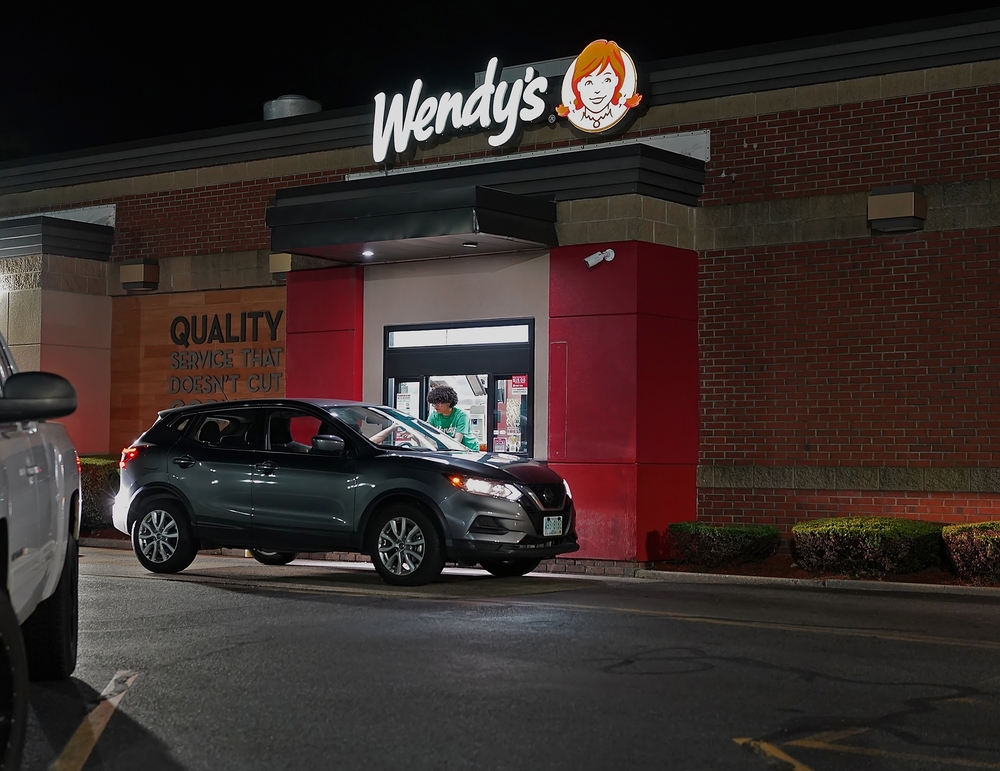
Founded by Dave Thomas in 1969 in Columbus, Ohio, Wendy’s introduced its first drive-thru, known as the “Pick-Up Window,” in 1970. This innovation allowed customers to receive their orders without leaving their cars, enhancing convenience. Wendy’s focus on made-to-order meals differentiated it from competitors relying on pre-prepared food. The drive-thru model contributed to Wendy’s rapid growth and popularity. Today, Wendy’s operates thousands of locations worldwide, with drive-thru service remaining a key component of its business model.
A&W Restaurants
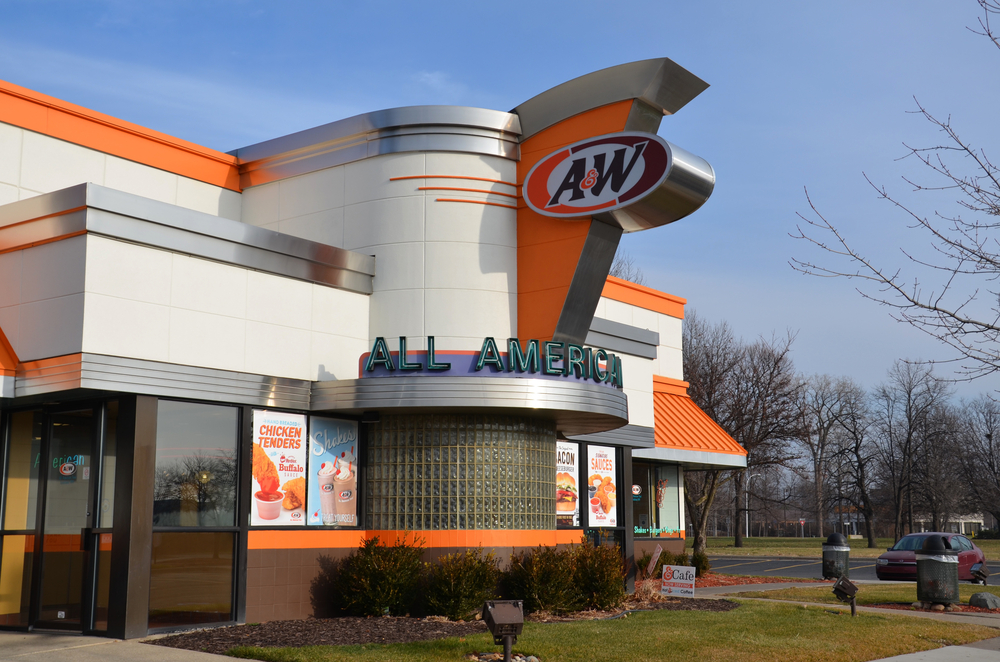
Established in 1919 by Roy W. Allen in Lodi, California, A&W began as a root beer stand and evolved into a drive-in restaurant. By the 1950s, many A&W locations had adopted the drive-thru model to cater to the growing car culture. The chain’s early adoption of drive-thru service set a standard for other fast-food establishments. A&W’s commitment to convenience and quality has allowed it to remain a recognizable brand. Today, A&W continues to operate numerous drive-thru locations across the United States.
Sonic Drive-In
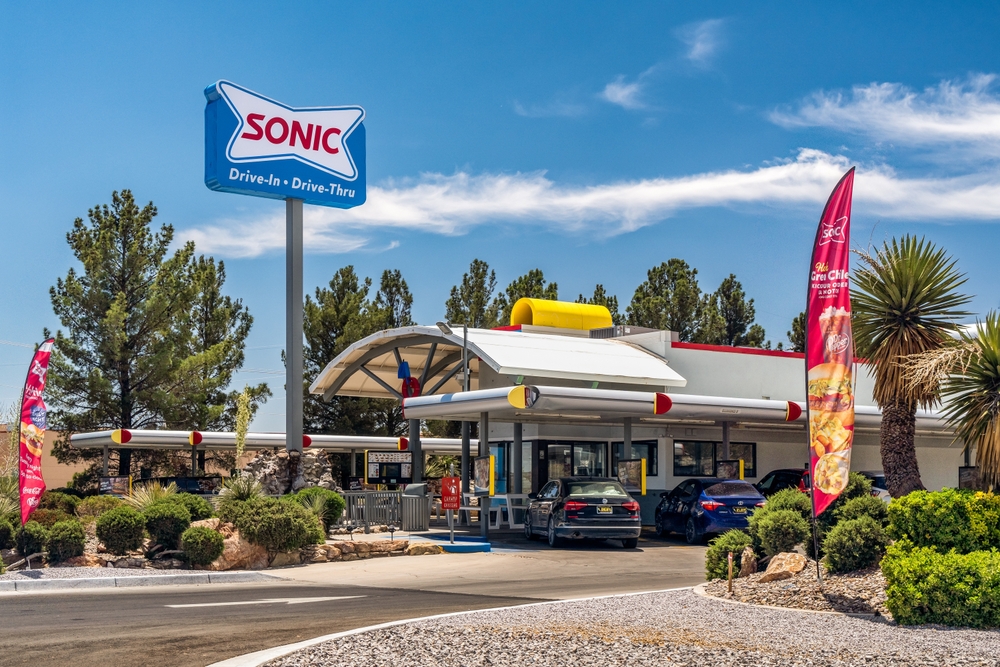
Originally founded as Top Hat Drive-In in 1953 in Shawnee, Oklahoma, Sonic rebranded in 1959 and became known for its unique drive-in model. Customers park in designated stalls and place orders through an intercom system, with carhops delivering food directly to their vehicles. This approach combines elements of drive-in and drive-thru service, offering a distinctive dining experience. Sonic’s emphasis on personalized service and a diverse menu has contributed to its nationwide expansion. Today, Sonic operates over 3,500 locations across the United States.
Burger King
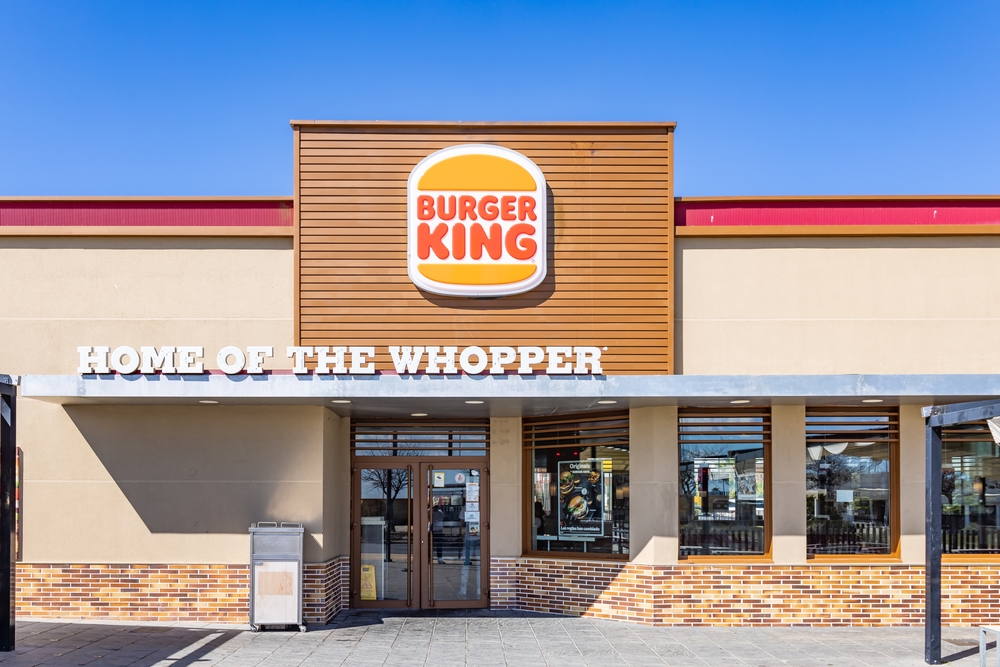
Founded in 1954 in Miami, Florida, Burger King introduced its drive-thru service, known as the “Insta-Burger King,” in the 1970s. The chain’s flame-grilled burgers and quick service appealed to customers seeking convenient dining options. Burger King’s drive-thru model contributed to its rapid expansion and competitive positioning in the fast-food industry. Today, drive-thru service remains a significant aspect of Burger King’s operations worldwide. The company’s commitment to innovation continues to influence its business strategies.
Hardee’s
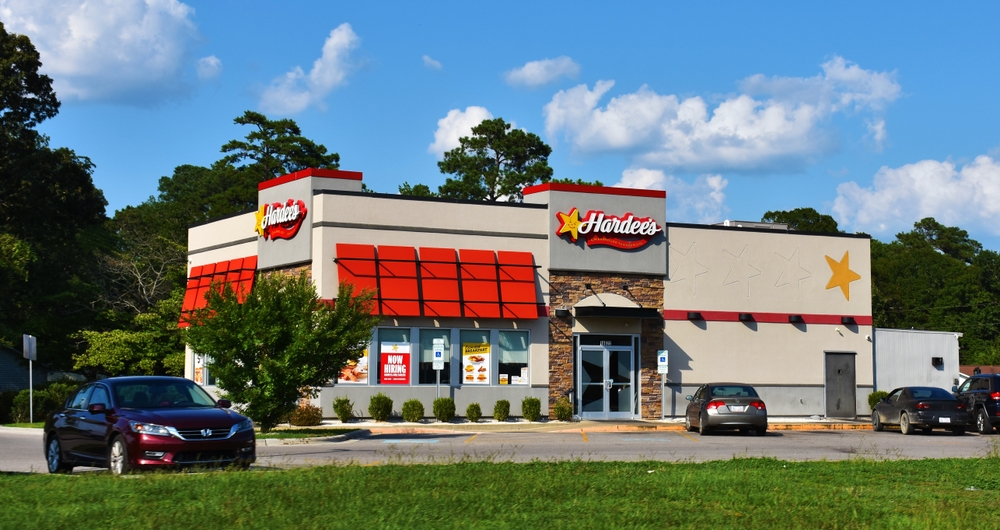
Established in 1960 in Greenville, North Carolina, Hardee’s expanded rapidly by adopting the drive-thru model to serve customers efficiently. The chain’s focus on charbroiled burgers and quick service attracted a loyal customer base. Hardee’s commitment to convenience through drive-thru service contributed to its growth across the United States. Today, Hardee’s operates numerous locations, many featuring drive-thru windows to accommodate busy patrons. The brand continues to evolve, adapting to changing consumer preferences.
Carl’s Jr.
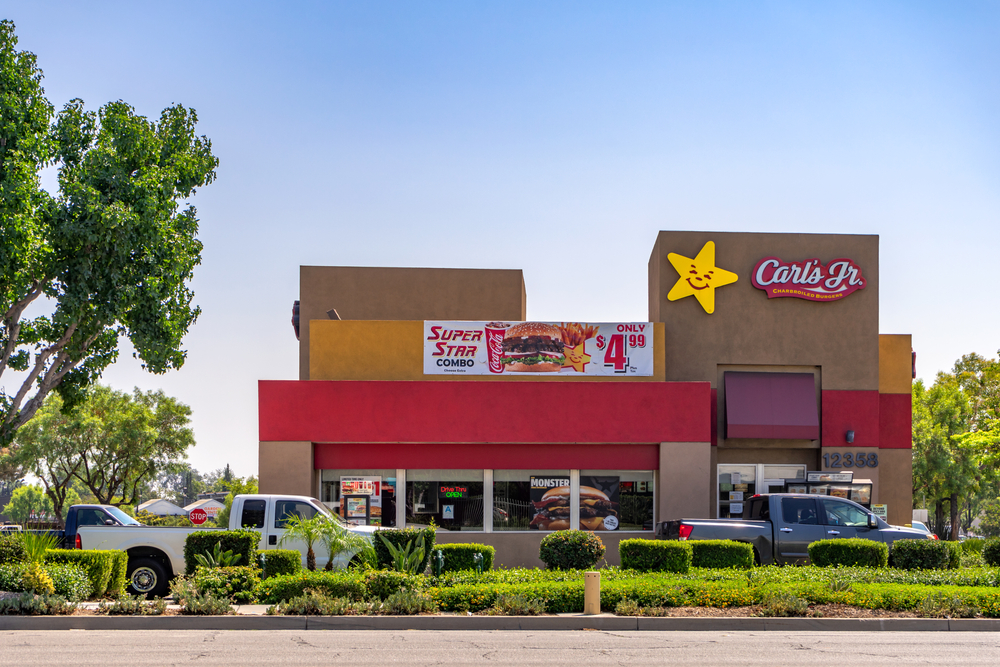
Founded by Carl Karcher in 1941 as a hot dog cart in Los Angeles, Carl’s Jr. expanded into a chain of drive-in restaurants by the 1950s. Recognizing the growing demand for quick service, the company introduced drive-thru windows to cater to customers seeking convenience. This adaptation allowed Carl’s Jr. to compete effectively in the fast-food industry, particularly in the Western United States. The chain’s commitment to innovation and customer satisfaction has enabled it to maintain a strong presence in the market. Today, Carl’s Jr. operates numerous locations, many featuring drive-thru services that continue to attract busy patrons.
Checkers and Rally’s
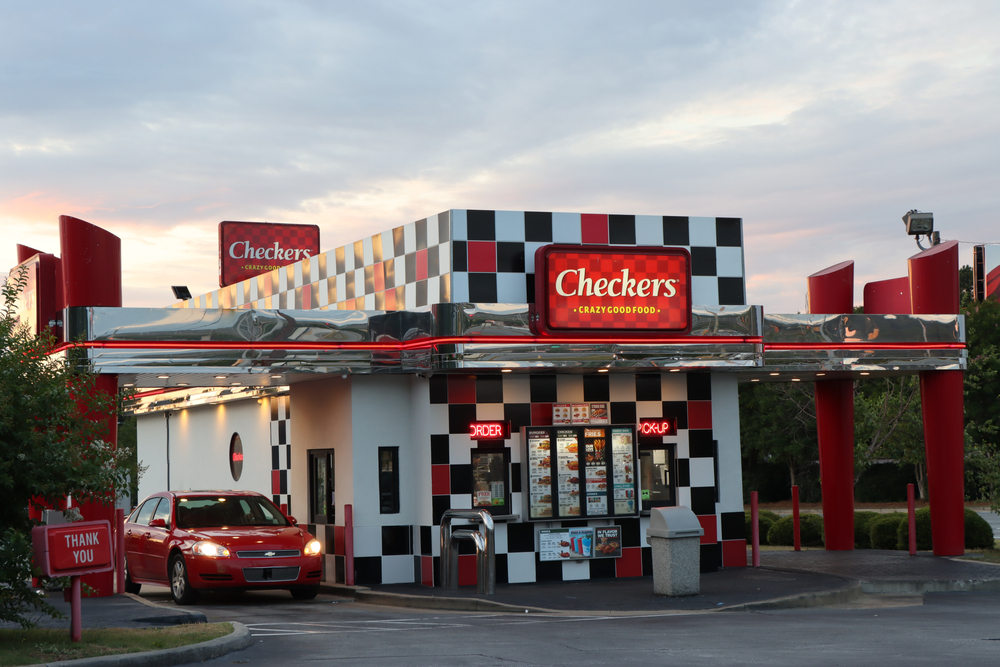
Checkers and Rally’s, two separate chains that merged in 1999, have been known for their double drive-thru lanes since the 1980s. This unique design allows for efficient service and reduced wait times, appealing to customers seeking quick meals. The chains focus on a drive-thru-centric model, often without indoor seating, emphasizing speed and convenience. Their commitment to the drive-thru concept has solidified their reputation in the fast-food industry. Today, Checkers and Rally’s operate over 800 locations across the United States, continuing to serve customers through their signature double drive-thru lanes.
Frisch’s Big Boy
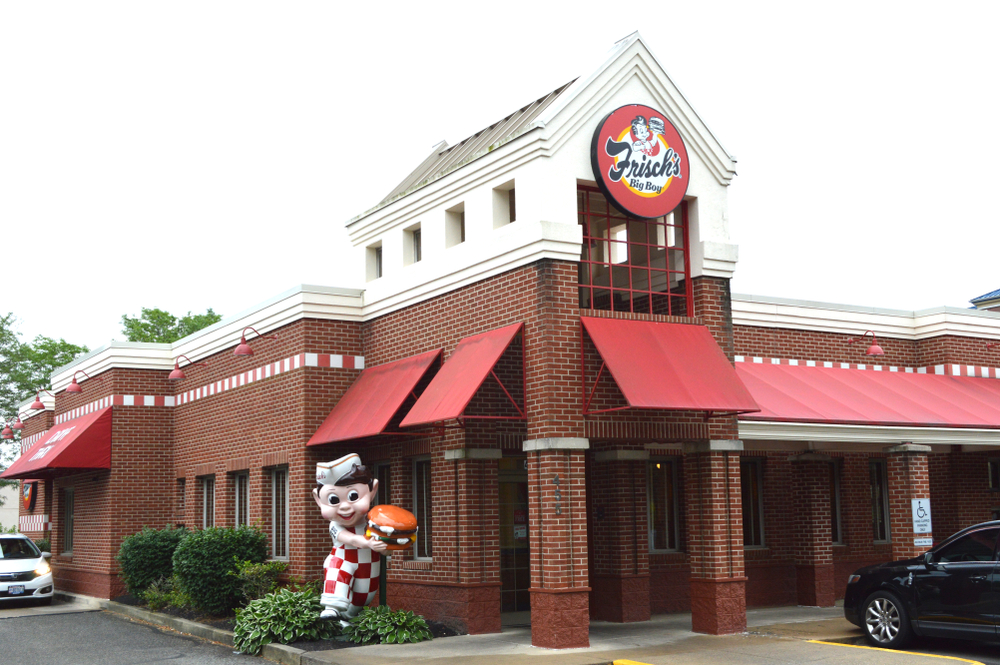
Established in 1947 in Cincinnati, Ohio, Frisch’s Big Boy was among the early adopters of the drive-thru service. The chain recognized the increasing importance of automobile culture and adapted its service model accordingly. By the 1950s, Frisch’s had incorporated drive-thru windows to cater to customers seeking convenience. This innovation contributed to the chain’s growth and popularity in the Midwest. Today, Frisch’s Big Boy continues to operate numerous locations, maintaining its commitment to quick and convenient service.
Wienerschnitzel
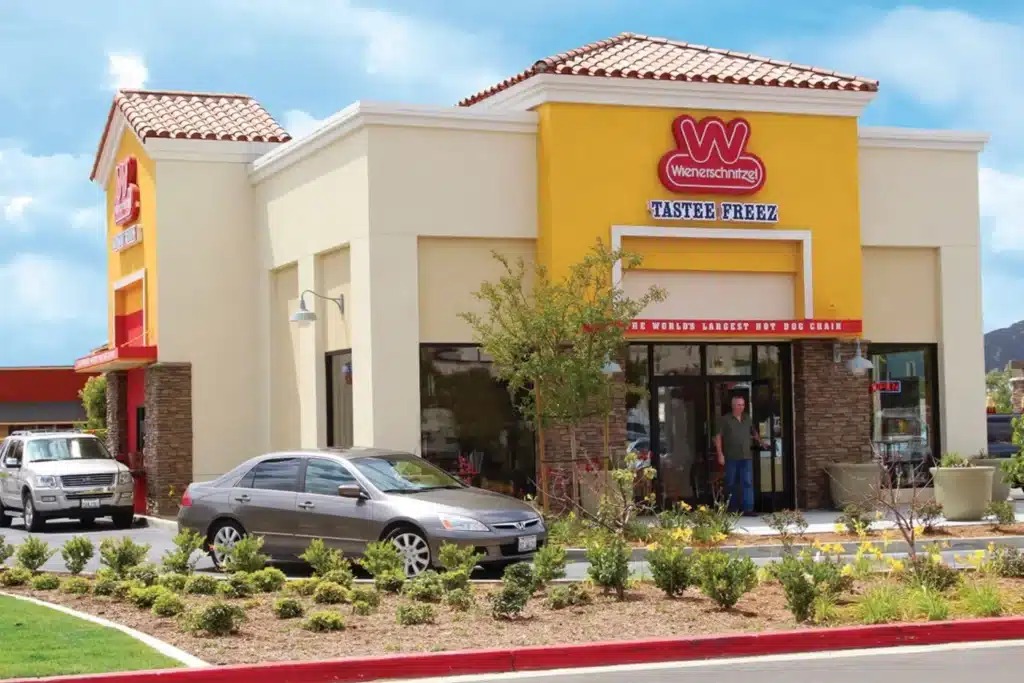
Founded in 1961 in Wilmington, California, Wienerschnitzel is known for its unique A-frame buildings with drive-thru lanes running through the center. This distinctive design allowed customers to order and receive their meals without leaving their cars, enhancing convenience. The chain’s focus on drive-thru service helped it expand rapidly across the Western United States. Wienerschnitzel’s commitment to quick service and unique architecture set it apart from competitors. Today, the chain continues to operate numerous drive-thru locations, serving a variety of hot dog offerings.
Taco Bell
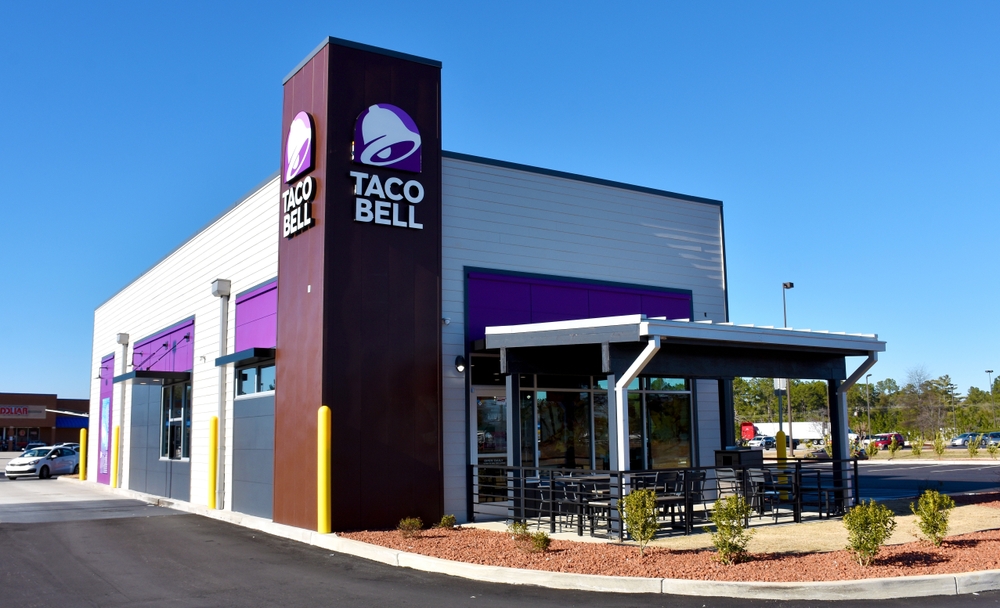
Founded by Glen Bell in 1962 in Downey, California, Taco Bell introduced its first drive-thru service in the 1970s. Recognizing the growing demand for quick and convenient dining options, the chain adapted its service model to include drive-thru windows. This addition allowed Taco Bell to serve customers efficiently, contributing to its rapid expansion. The drive-thru model became a significant aspect of Taco Bell’s operations, appealing to customers seeking fast Mexican-inspired cuisine. Today, Taco Bell operates thousands of locations worldwide, with drive-thru service remaining a core component of its business strategy.
Chipotle Mexican Grill
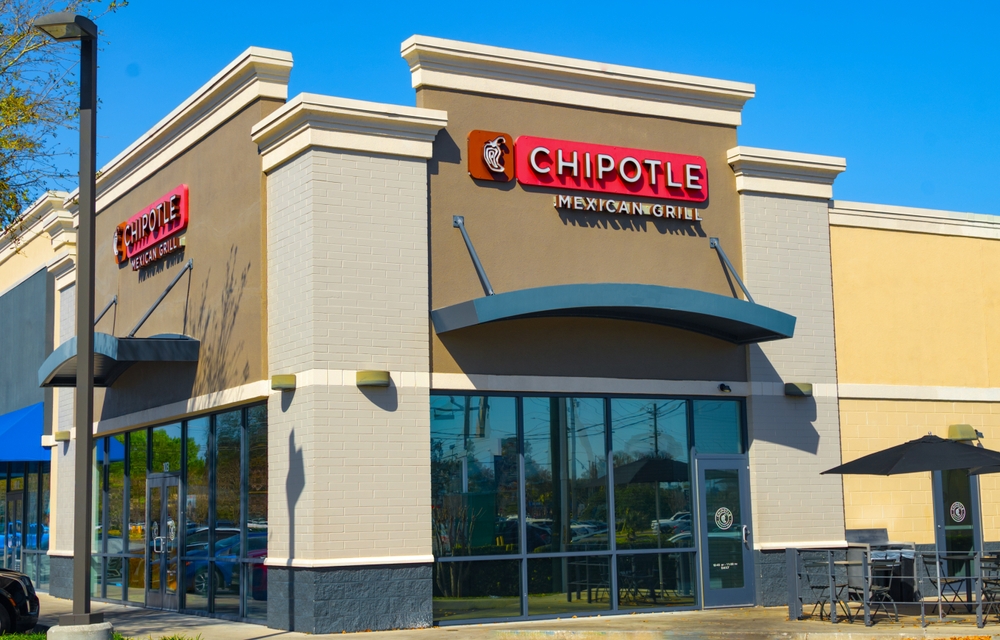
While a more recent entrant into the drive-thru scene, Chipotle introduced its “Chipotlane” concept in 2018. Unlike traditional drive-thrus, Chipotlanes require customers to order and pay ahead via the Chipotle app or website, and then pick up their orders at the designated lane. This innovation caters to the increasing demand for digital ordering and contactless pickup. The success of Chipotlanes has led to their incorporation in many new Chipotle locations, reflecting the chain’s adaptation to modern consumer preferences. This approach has set a new standard for drive-thru service in the fast-casual dining sector.
This article originally appeared on RetailShout.
More From RetailShout
15 Historic Wine Bars That Revolutionized the Wine Scene
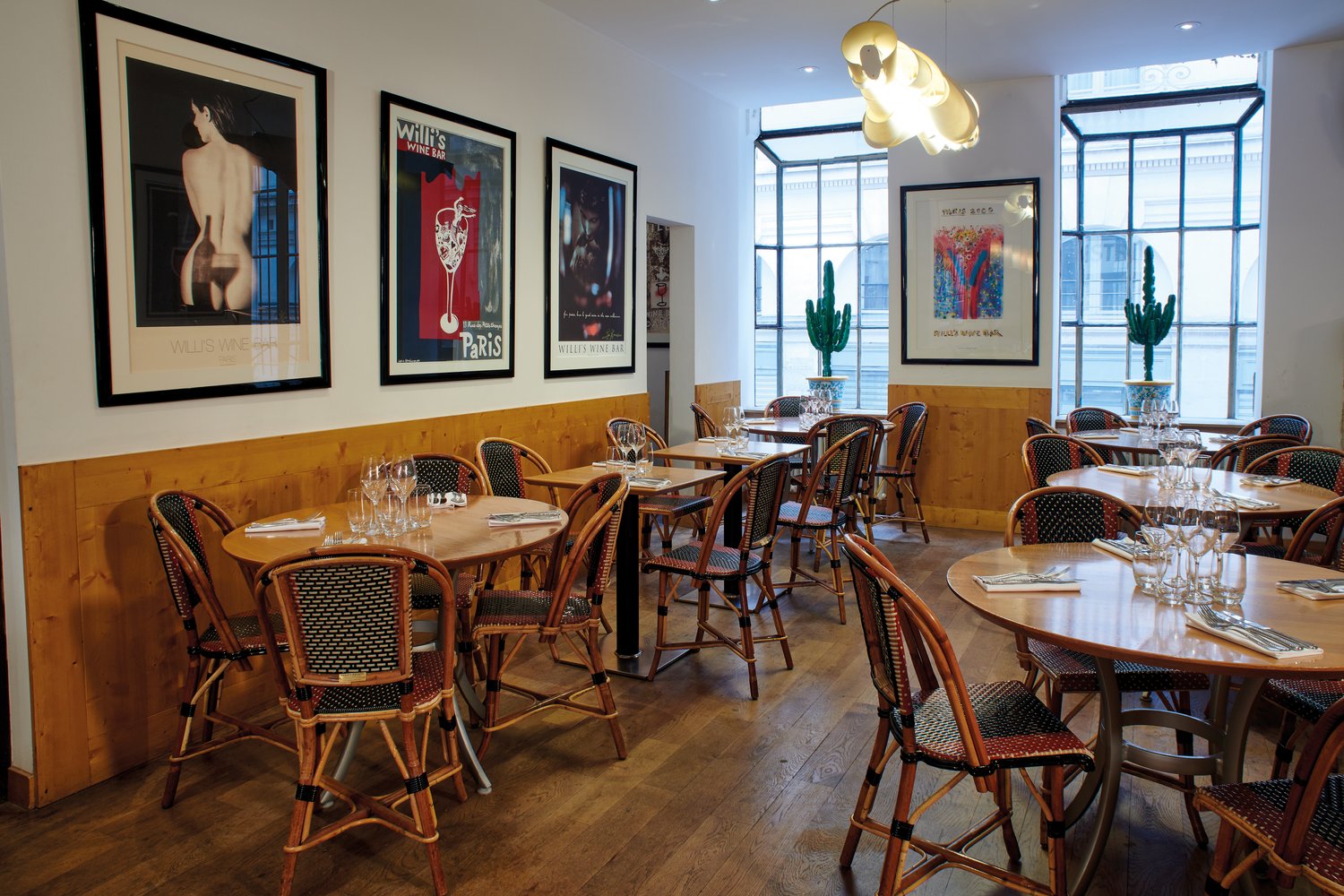
Some wine bars are more than just places to sip your favorite reds and whites—they’ve changed the way we think about wine entirely. Certain wine bars have made their mark on the industry in a big way. Read More.
14 Foods Rich in Omega-3s for Better Joint Health

Joint pain and stiffness can be incredibly disruptive, but a diet rich in omega-3s may offer natural relief. Omega-3 fatty acids are known for their powerful anti-inflammatory effects, helping to reduce joint swelling and discomfort. Read More.
15 Clever Ways to Repurpose Leftover Produce

Repurposing leftover produce is a smart, sustainable way to reduce food waste and make the most of every ingredient in your kitchen. With a little creativity, those scraps, peels, and overripe fruits can be transformed into flavorful additions and useful items for your meals and home. Read More.

